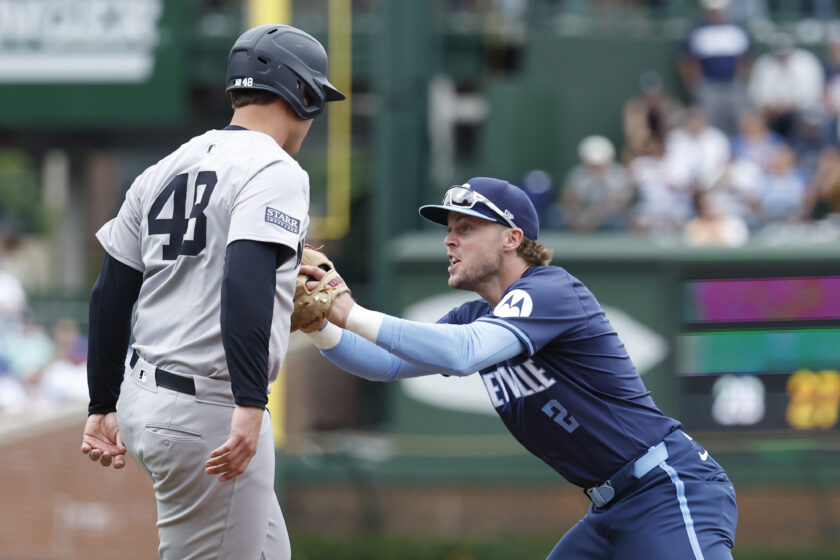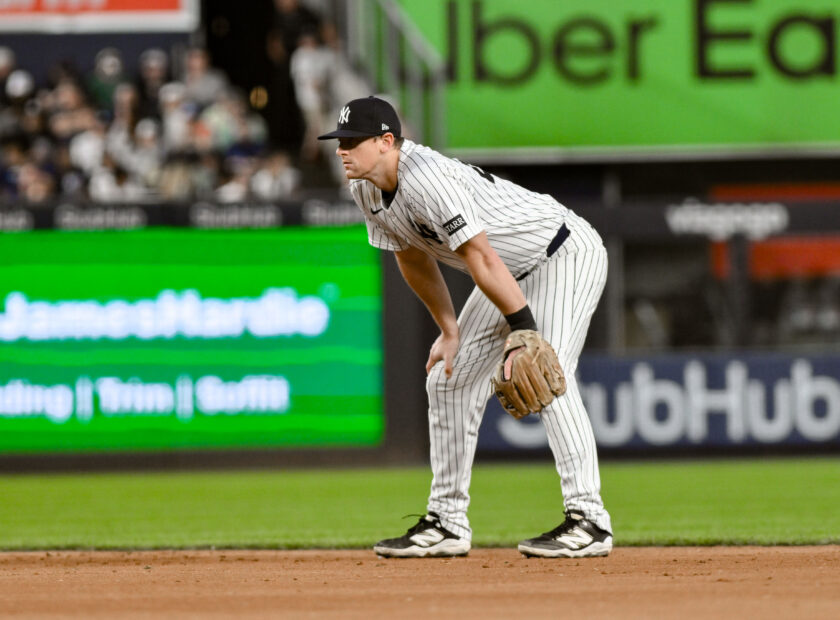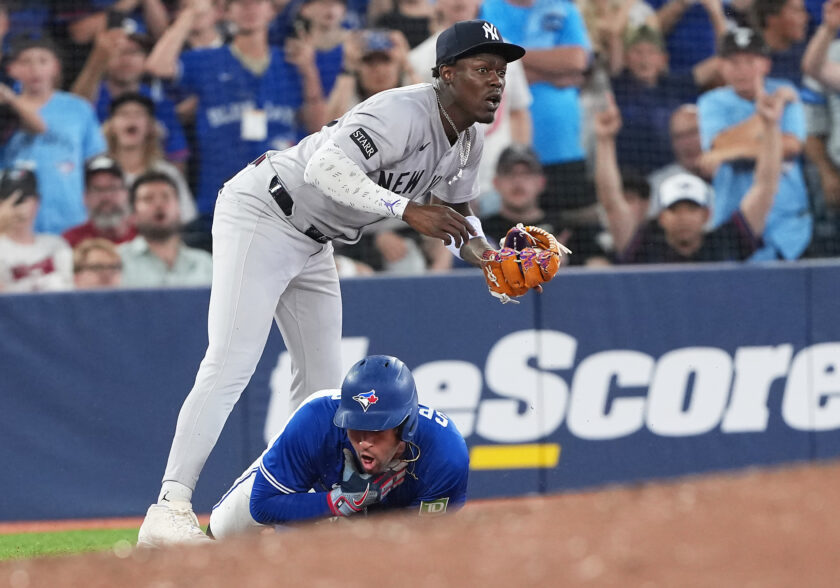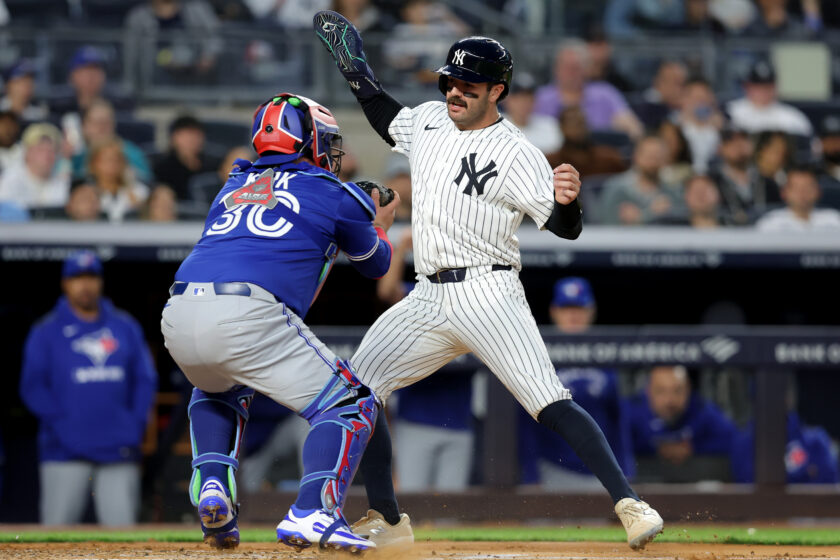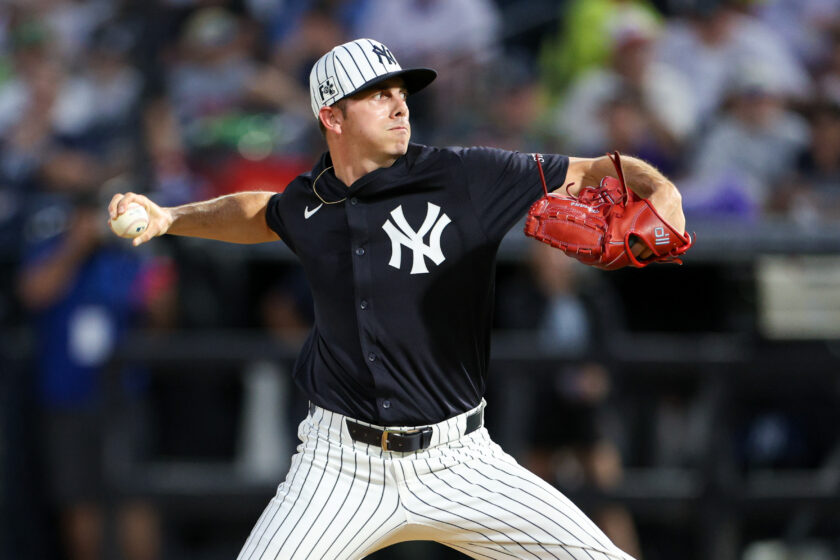Five New York Yankees managers who flew under the radar

These five New York Yankees skippers did great work in the Bronx, but we rarely ever talk about them. That changes now.
[sc name=”josh-benjamin-banner” ]It isn’t easy being the manager of the New York Yankees.
Seriously. Thor probably has an easier time making sure Loki doesn’t destroy Asgard. While the Norse god of thunder and lightning is busy chasing his brother around, Aaron Boone is busy dealing with a rabid fan base and ownership with even higher standards.
That’s because being part of the Yankees means embracing a simple philosophy: losing is not an option. This is a team defined by excellence and anything less just won’t do. This isn’t to say every year is World Series or bust, but the leash is definitely short when it comes to failure.
As a result, for every Joe Torre or Billy Martin who’s passed through Yankee Stadium’s hallowed halls, there are at least five Stump Merrills. Even people who succeed aren’t safe. If the higher-ups feel someone else is more up to the job, their predecessor is shown the door.
This practice was essentially par for the course for the Yankees, especially with George Steinbrenner in charge. Some managers became lost in the shuffle even before him though.
Thus, with the season still postponed, here are five forgotten Yankees managers who deserve some attention.
No. 5: Ralph Houk (Yankees tenure: 1961-63, 1966-1973; Record: 944-806)
Admittedly, Houk is an odd choice to kick off this list. He inherited a strong roster from his predecessor, Casey Stengel. Thus, making the World Series for three years in a row and winning twice in his first tenure wasn’t overly difficult. Moreover, his 944 wins from his combined tenures place him fifth among all Yankees skippers.
Just the same, it’s easy to forget Houk. Sure, he won two World Series rings in his first two years, but it can be argued this was just an extension of the Stengel era. In his second turn, he had far less to work with in terms of talent. Not to mention, ownership didn’t assist in those regards at all.
But despite that, Houk managed to finish with an above-.500 record before resigning in 1973. He also oversaw the early development of fan favorites Thurman Munson and Bobby Murcer.
Simply put, Houk managed to find some success in an era most Yankees fans would rather forget. If that isn’t a testament to how strong he was as a manager, then what is?
No. 4: Johnny Keane (Yankees tenure: 1965-66; Record: 81-101)
In 1964, the Yogi Berra-led Yankees faced the St. Louis Cardinals in the World Series. Despite a strong effort, the young and feisty Cardinals defeated the aging Yankees in seven games under manager Johnny Keane.
Five days after the World Series, the Yankees moved on from Berra and replaced him with…Johnny Keane. After all, he’d just beaten this team in the Fall Classic. Surely, he could yield the same result with a Yankees team that dominated most of the last decade-plus, right?
Sadly, that wasn’t the case. Fortune didn’t smile on Keane like it did during his St. Louis days. Combined with an aging roster, his managerial style just never landed with players. For example, in former Yankees pitcher Jim Bouton’s infamous book “Ball Four,” Keane was described as impulsive and prone to making players play through injuries.
The Yankees wound up undergoing their first losing season in 40 years under Keane in 1965. The following year, after a 4-16 start, he was the first Yankees manager to be fired since 1910. Keane then took a scouting job with the Los Angeles Angels in December 1966. A month later, he died of a heart attack at just 55 years old.
Maybe it was an aging roster combined with a depleted minor league system. Perhaps Keane’s personality just wasn’t the right fit. Either way, he deserved better from the Bombers.
No. 3: Dallas Green (Yankees tenure: 1989; Record: 56-65)
In a career managing the Yankees, Philadelphia Phillies, and New York Mets, Green only had a record of 454-478. Given that, why did the Yankees even give him a look in the first place?
Well, the answer is because, in the 1980s, Green was a widely respected baseball mind. Despite his sailor’s tongue and intimidating presence at 6-foot-5, he managed the Phillies to a World Series victory in 1980. A couple of years later, the Chicago Cubs hired him to be their general manager. Though the Cubs only made the playoffs once on his watch, his trade for Ryne Sandberg helped establish a strong core.
Green’s Yankees tenure, meanwhile, can best be described as incomplete. The team was still a few years away from promoting prospects who would later make up a championship core.
On top of that, this was the tail end of an era defined by Steinbrenner’s impulsive trades and free agency signings. This meant Green’s roster was a mixed bag of journeymen, former prospects, and players on the decline. Mind you, 1989 was arguably Don Mattingly’s final “great” year before injuries affected his power swing.
But what really sunk Green was his intense personality. He wasn’t afraid to call Steinbrenner out for his meddling, calling him “Manager George” at one point. Sure enough, this was the final straw and Green was fired shortly thereafter. He was replaced by Bucky Dent.
Could Green have handled it better? Absolutely. Should Steinbrenner have let him just do his job? Even more absolutely. Regardless, Green then moved to the Mets to be a scout before a brief and forgettable run in a managerial role. Had Steinbrenner just been patient, perhaps Green would’ve remained in the Bronx.
No. 2: Bill Virdon (Yankees tenure: 1974-75; Record: 142-124)
After retiring from the Pittsburgh Pirates in 1965, Bill Virdon joined their coaching staff. In 1971, after skipper Danny Murtaugh retired, Virdon became the manager.
Fast forward to 1974, and the Yankees needed a new skipper. Enter Virdon, who went 163-128 in a season and a half in Pittsburgh. He made an immediate impact as New York won 89 games, a nine-game improvement from the year prior. The Yankees didn’t make the playoffs but the future looked bright under Virdon, who was named Manager of the Year by The Sporting News.
Yet, while Dallas Green’s time with the Yankees was incomplete, Virdon’s can best be described as unfinished. He and fan-favorite Bobby Murcer never got along. In fact, Virdon once received a death threat from a fan for benching him. Cut to the Yankees playing .500 ball throughout 1975, and Virdon was fired when Billy Martin became available after his own firing from the Texas Rangers. The rest is history.
Virdon soon moved on to the Houston Astros and led them to within a win of the National League pennant in 1980. He then underwent a brief run with the Montreal Expos before retiring from managing and returning to Pittsburgh to be a coach.
It’s really a shame because, for one short moment, it looked like Virdon would be the one to resurrect the Yankees. One can’t help but wonder what could’ve been if not for Billy Martin.
No. 1: Dick Howser (Yankees tenure: 1978, 1980; Record: 103-60)

In 1978, Dick Howser managed the Yankees for one game and lost. Then, Bob Lemon was hired to replace Billy Martin, who had resigned midseason.
Fast forward to 1980, and Howser was asked to resign as Florida State’s baseball coach and succeed Martin again, but this time for a full season. Everything was set up for the 43-year-old to succeed. He spent ten years as the team’s third base coach. The Yankees still employed Reggie Jackson and Ron Guidry, plus a few other key members of the 1977 and 1978 World Series-winning teams.
Why was Howser let go after just one season despite New York winning its division?
Well, much like Dallas Green, Howser didn’t get along with Steinbrenner and refused to let his meddling affect his job. Still, after the Yankees were swept by the Kansas City Royals in the American League Championship Series, “The Boss” wielded the axe. Howser was a one-season wonder in spite of his success.
But Howser’s story contains a happy ending. The same Royals who cost him his job in New York hired him late the following year. In 1985, some Yankees fans surely wanted answers as Howser’s Royals upset the favored Cardinals in the World Series.
The party was short though. Howser was diagnosed with brain cancer the following year and died in 1987. Just the same, his strong leadership in 1980 made it look like the Yankees dynasty would continue before Steinbrenner had other ideas.
Josh Benjamin has been a staff writer at ESNY since 2018. He has had opinions about everything, especially the Yankees and Knicks. He co-hosts the “Bleacher Creatures” podcast and is always looking for new pieces of sports history to uncover, usually with a Yankee Tavern chicken parm sub in hand.

